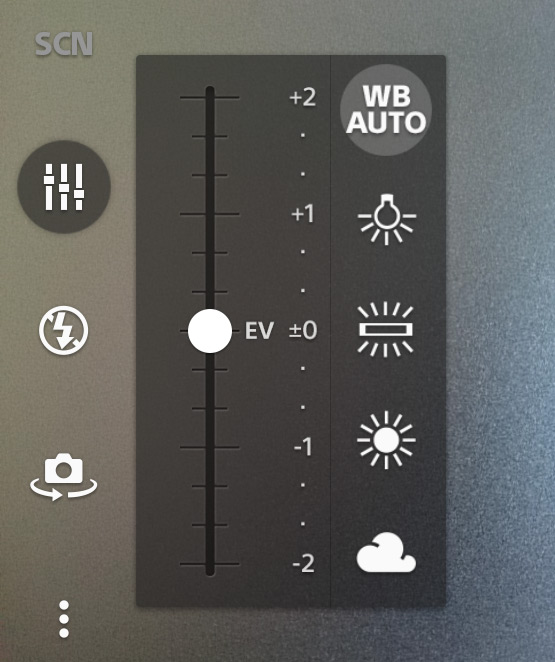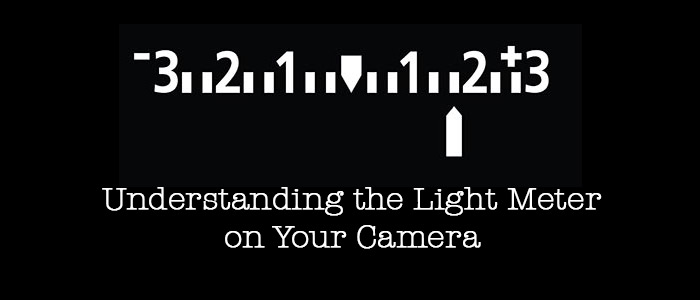In photography, a good exposure is needed to create an image which looks correct in terms of color tones and is build up such that the elements within the photograph are correctly identified. A good exposure is usually attained by letting in the correct amount of light within the camera.
A Light Meter in a DLSR or Mirrorless camera refers to the component of the camera which decides how much light is enough for generating an image which has a correct exposure value.
In semi-automatic modes, like Shutter Priority or Aperture Priority, the Light Meter send the readings for good exposure, according to which the camera then creates a combination of Shutter Speed and Aperture values.
The light meter scale is displayed as the image below:

A light meter reads the light in terms of stops. A stop in photography refers to the measure of light. Doubling the light means the light meter reading has been increased by 1 stop and halving the light meter reading means decreasing the reading by 1 stop.
If the meter reads 0, it means the camera is getting the right amount of light to create a good exposure. If the reading is towards a positive value, that is towards the right of 0, it means the image is getting over exposed and you need to reduce the amount of light coming in. This can either be done by increasing the aperture value or by increasing the shutter speed.
Similarly, if the meter reads a negative value, it means the image is under exposed and we need to increase the amount of light coming in. This can either be done by opening the aperture a bit more or taking pictures with slow shutter speeds.

Thanks for shainrg. What a pleasure to read!